According to a quote with several origins, science advances on the shoulders of giants. In our time, these words have taken on a special meaning thanks to a new class of giants—supercomputers—which nowadays are pushing the boundaries of science to levels that the human intellect would be incapable of reaching on its own.
In a few decades, the strength of these giants has multiplied dramatically: in 1985 the world’s most powerful supercomputer, Cray-2, could process 1.9 billion floating point operations per second (FLOPS), or 1.9 gigaflops, the parameter used to measure the power of these machines. By comparison, a current PlayStation 4 game console reaches 1.84 teraflops, almost a thousand times more. Today, there are at least 500 supercomputers in the world that can exceed a petaflop, or one billion flops, according to the TOP500 list drawn up by experts from the Lawrence Livermore National Laboratory and the universities of Mannheim (Germany) and Tennessee (USA).
Below we present what are currently the ten most powerful supercomputers in the world and some of their contributions to knowledge.
1. Summit, Oak Ridge National Laboratory (USA)
The world’s most powerful supercomputer today is Summit, built by IBM for the U.S. Department of Energy’s Oak Ridge National Laboratory in Tennessee. It occupies the equivalent of two basketball courts and achieves an impressive 148.6 petaflops thanks to its 2.41 million cores.

In addition to its large capacity, Summit is also the most energy-efficient machine in the top 10 of the world’s supercomputers. Its mission is civil scientific research, and since it came into operation in 2018 it has already participated in projects such as the search for genetic variants in the population related to diseases, the simulation of earthquakes in urban environments, the study of extreme climatic phenomena, the study of materials on an atomic scale and the explosion of supernovae, among others.
2. Sierra, Lawrence Livermore National Laboratory (USA)
IBM is also responsible for the second most powerful supercomputer on the list, Sierra, located in California’s Lawrence Livermore National Laboratory. Based on Summit-like hardware, Sierra manages 94.6 petaflops.

Unlike its older brother, Sierra is dedicated to military research, more specifically to the simulation of nuclear weapons in place of underground tests, so its studies are classified material.
3. Sunway TaihuLight, National Supercomputing Centre (Wuxi, China)
Until Summit and Sierra came into service in 2018, China was at the forefront of global supercomputing with TaihuLight, a machine built by the National Centre for Engineering Research and Parallel Computing Technology and installed at the National Supercomputing Centre in Wuxi. Unlike other machines of its calibre, it lacks accelerator chips, so its 93 petaflops depend on its more than 10 million Chinese Sunway processors.
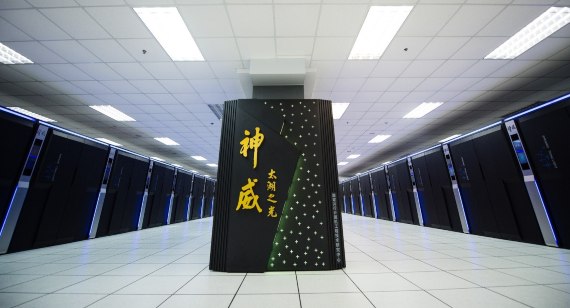
TaihuLight is in a way a product of the trade war between China and the US, since its construction has completely dispensed with US technology, in response to the restrictions imposed by the US. This supercomputer has participated in research such as the simulation of the birth and expansion of the universe using 10 billion digital particles.
4. Tianhe-2A, National Supercomputing Centre (Guangzhou, China)
China also retains fourth place in the ranking with Tianhe-2A, or Milky Way 2A, developed by the National University of Defence Technology and equipped with Intel Xeon processors that allow it to reach 61.4 petaflops. According to its operators, the machine is use for computing related to government security, among others.
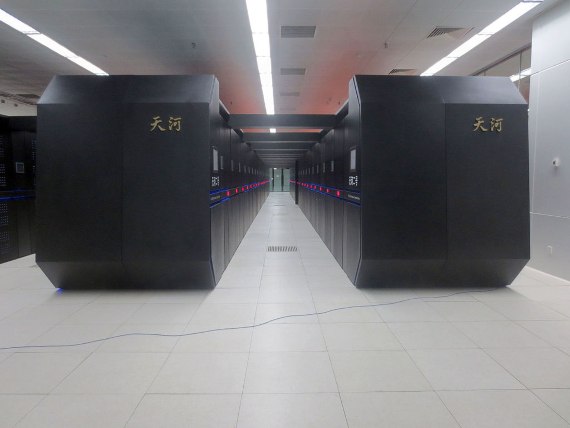
5. Frontier, Texas Advanced Computing Center, University of Texas (USA)
The Advanced Computing Center at the University of Texas at Austin has entered the top 10 in global supercomputing thanks to Frontera, a new system built by Dell and equipped by Intel. Frontera was unveiled to the world in September 2019 as the world’s fastest supercomputer located in a university. Since June, it has been collaborating with three dozen scientific teams in research related to the physics of black holes, quantum mechanics, drug design and climate models. Its 23.5 petaflops will be available to the scientific community, which will benefit from its computational capacity especially in the areas of astrophysics, materials science, energy, genomics and the modelling of natural disasters.

6. Piz Daint, Swiss National Supercomputing Centre
Europe’s most powerful system ranks sixth on the list. Piz Daint is a supercomputer named after an alpine mountain—whose image is displayed on its housing—located at the Swiss National Supercomputing Centre in Lugano. It is an upgrade of a system built by the American company Cray, founded by the father of supercomputing Seymour Cray and responsible for several of the world’s most powerful machines. Its Intel and NVIDIA processors give it a speed of 21.2 petaflops. Piz Daint is involved in extensive research in materials science, physics, geophysics, life sciences, climatology and data science.
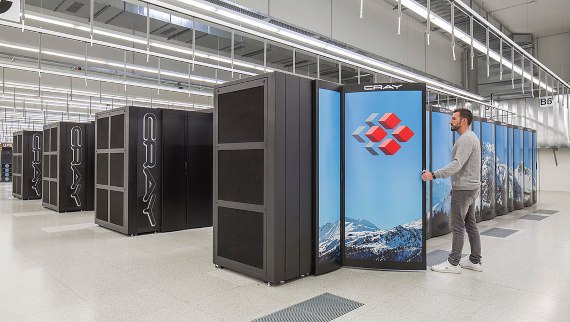
7. Trinity, Los Alamos National Laboratory (USA)
Also a product of the Cray company is Trinity, the Los Alamos National Laboratory and Sandia National Laboratory system that is able to reach nearly 20.2 petaflops. This machine, which inherited its name from the first U.S. nuclear test in 1945, is mainly devoted to nuclear weapons-related calculations.
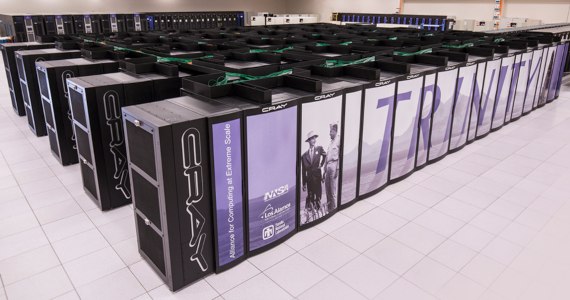
8. AI Bridging Cloud Infrastructure (ABCI), National Institute of Advanced Industrial Science and Technology (Japan)
The 19.9 petaflops of ABCI, a system built by Fujitsu and belonging to Japan’s National Institute of Advanced Industrial Science and Technology, place this machine in eighth place in the ranking. One of its most striking features is its energy efficiency, a parameter in which it scores just below Summit. ABCI’s goal is to serve as a cloud-based Artificial Intelligence resource available to Japanese companies and research groups.
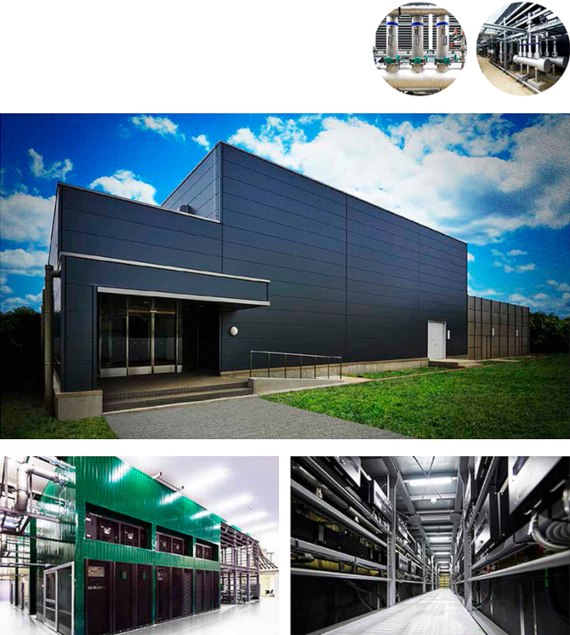
9. SuperMUC-NG, Leibniz Rechenzentrum (Germany)
In 2018, the new generation SuperMUC supercomputer officially came into service at the Leibniz Supercomputing Centre in Garching, near Munich (Germany). Built by Lenovo with technology from the company and Intel, the most powerful supercomputer in the European Union achieves a processing speed of 19.5 petaflops.
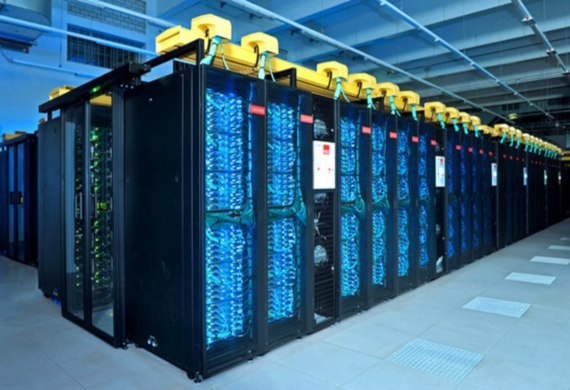
10. Lassen, Lawrence Livermore National Laboratory (USA)
The top 10 closes with Lassen, Sierra’s little brother at Lawrence Livermore National Laboratory, built by IBM with the same architecture. Its recent improvements have increased its speed to 18.2 petaflops. Unlike its brother, Lassen is dedicated to unclassified research.
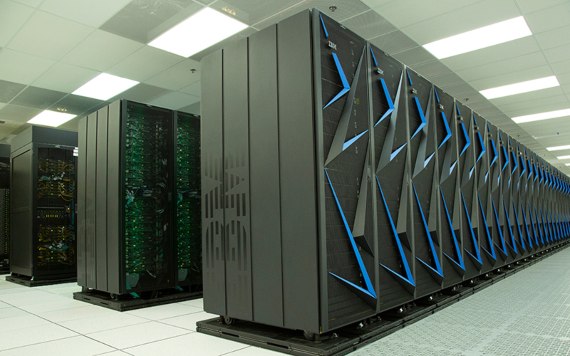
Javier Yanes
Comments on this publication